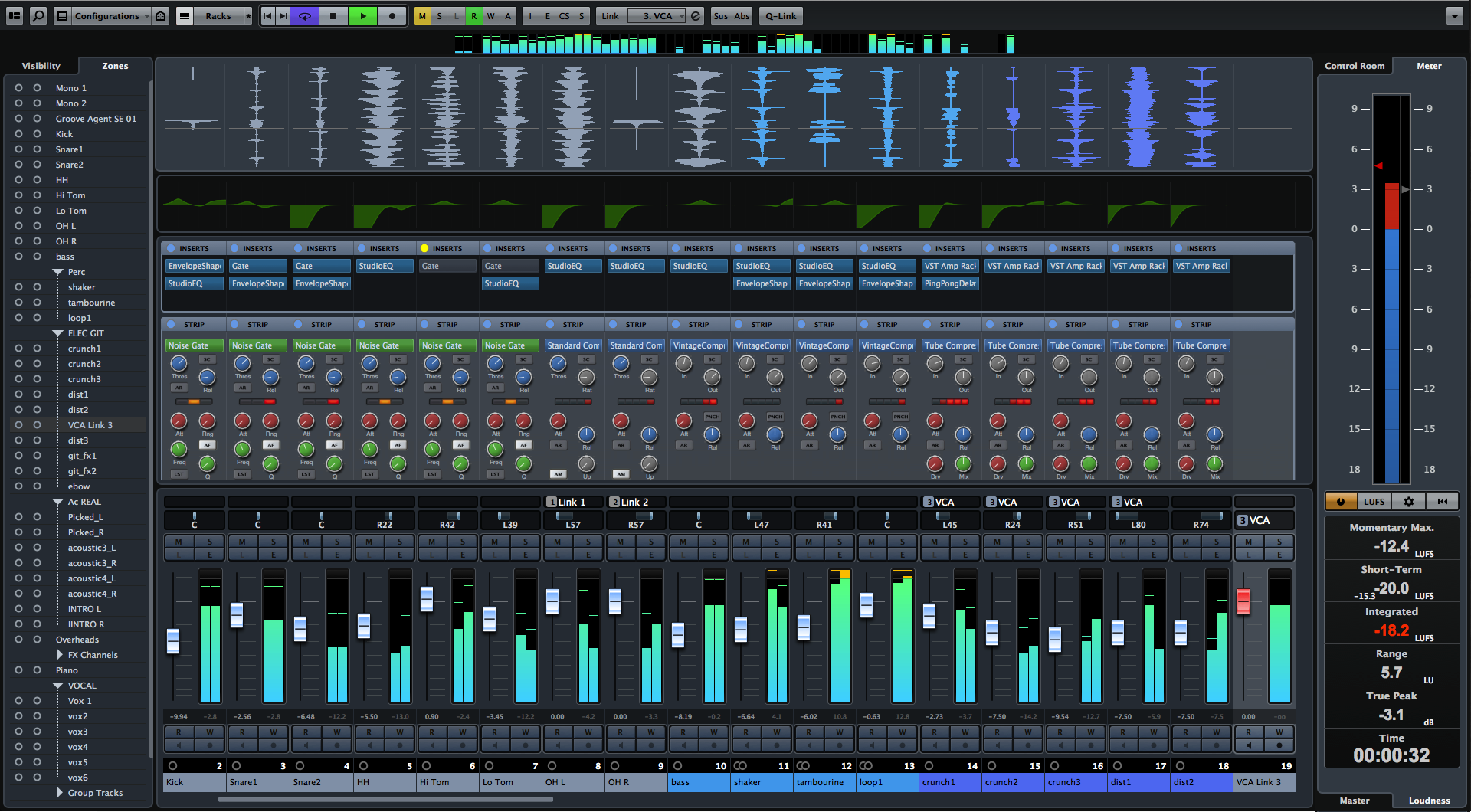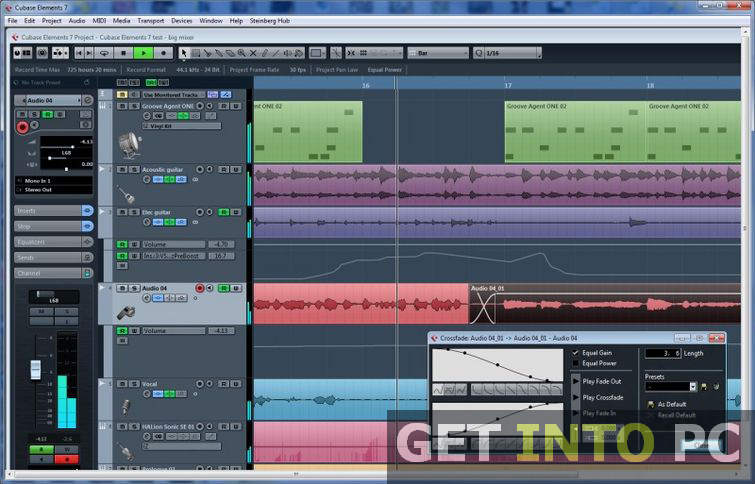
Steinberg supply many Key Command sets with Cubase, to emulate the way keyboard shortcuts are assigned in other applications, such as Logic, Sonar, and earlier versions of Cubase. If you want to use your assignments on another system, you can save them by clicking the Export button in the Key Commands window, and reload them via the Import button. Key Command assignments are Project-independent and stored within Cubase SX itself, meaning that any Key Commands you assign will be available to any Project you open or create. These include useful features such as the nudge Commands, which allow you to nudge the current selection by the current quantize setting. However, it's interesting to note that some of the unassigned Key Commands can't be accessed in any other way than by assigning them. Perhaps the most commonly used Commands just crying out to be assigned are the Add Track Commands. Many of the available Key Commands are unassigned by default.

You'll then have to confirm, in the Alert that appears, that you really do want to remove the assignment, by clicking 'Remove' once more. You can remove an assignment from the Keys list by selecting it and clicking 'Remove'.

When you have a unique keyboard shortcut entered, click the Assign button to assign the Key Command, and you'll notice that it appears in the Keys list. Should this happen, try another combination. If the key (or keys) you pressed is already assigned, the Key Command it's assigned to will be displayed underneath the text field. To assign a Key Command, make sure the one you want to assign is selected, click the text field underneath the 'Type New Key Command' label and press a key (or combination of keys) on your keyboard. Once you've selected a Command in the Key Commands window, any assigned keyboard shortcuts for it will be detailed in the Keys list, so if the list remains empty, you can deduce that the Key Command is currently unassigned. Unfortunately, the Search Key Commands window is just a reference tool and you can't use it to automatically jump to a Key Command. If your search was successful, you should see a list of matches describing the Key Command, the Category it's listed in and the keyboard shortcut that triggers the Command, if a shortcut has been assigned. Click the black text field at the top of the Search window, type in a keyword and press Return - don't click 'OK' just yet, as this closes the window without performing the search. To search for a Key Command, click 'Search' to open the Search Key Command window. However, if you're not sure which category a Key Command might be listed under, you can use the search facility to help you. To make life easier, the Key Commands have been grouped into a list of Categories, and the Commands list always shows the Key Commands available in the currently selected Category.

The management of Key Commands is handled, unsurprisingly, by the Key Commands window, which is opened by selecting File/Key Commands. Unlike previous versions of Cubase, SX/SL doesn't allow you to assign Key Commands to MIDI events, but the extra functionality now provided in this area of the application more than makes up for it, and it isn't something I've personally missed since I began using SX. In Cubase, the handling of keyboard shortcuts (or Key Commands, in Cubase-speak) is very flexible, and almost any action in the application can be assigned to a Key Command.

For this reason, keyboard shortcuts have been popular since even the very early graphical user interfaces, allowing you to instantly access commands from a single key combination and develop efficient patterns of working for different tasks. While using keyboard shortcuts in a sequencer is nothing new, this month we explain how Cubase SX/SL takes the idea further, and look at Hans Zimmer's unique solution for accessing Key Commands in Cubase.Īlthough the mouse has arguably made computers easier to use, it isn't always the most efficient device for carrying out certain tasks, especially when you might have to navigate a large display that spans multiple monitors. The Key Commands window showing a user assignment of the 'Add Track' Audio Command.


 0 kommentar(er)
0 kommentar(er)
